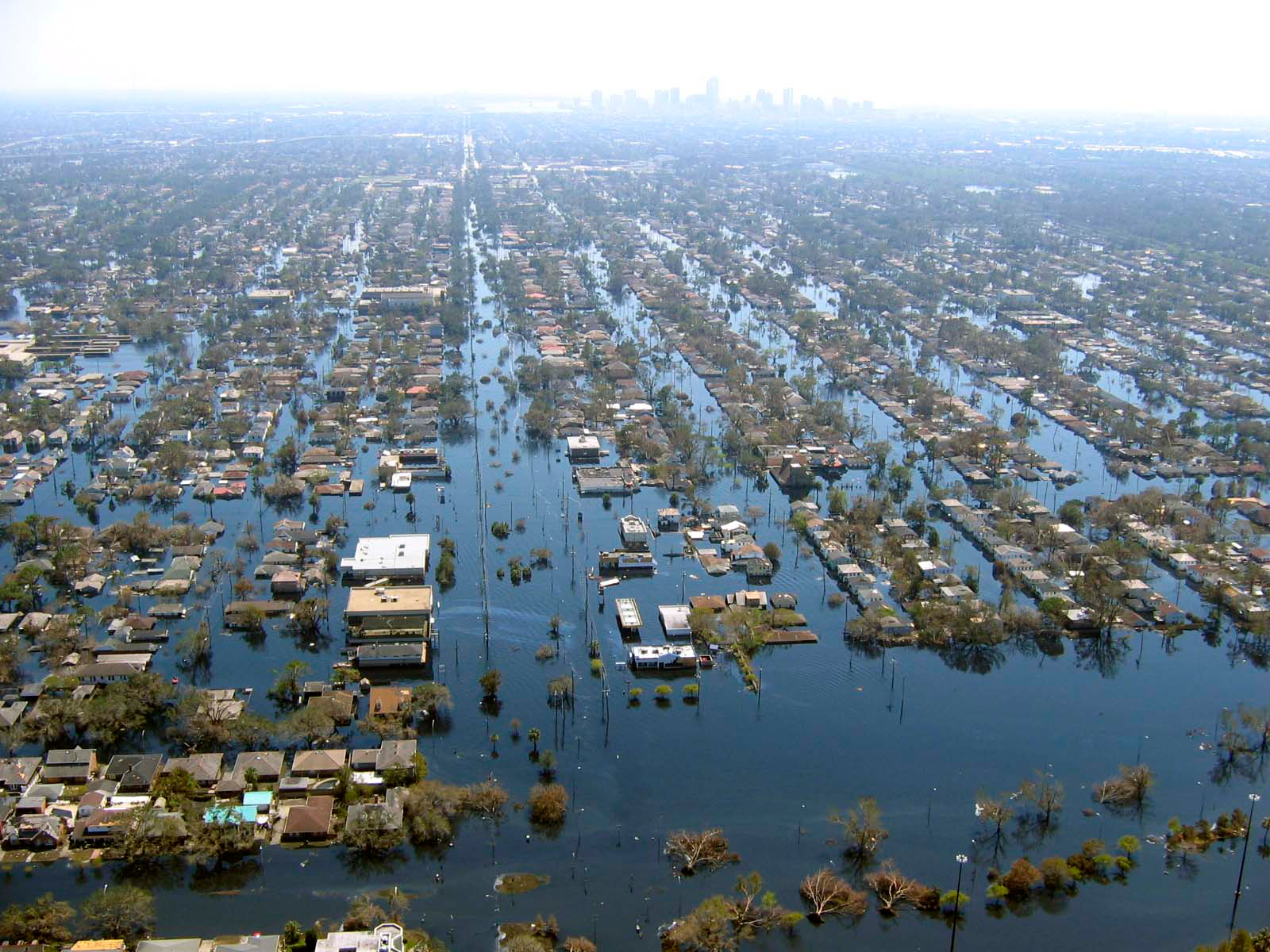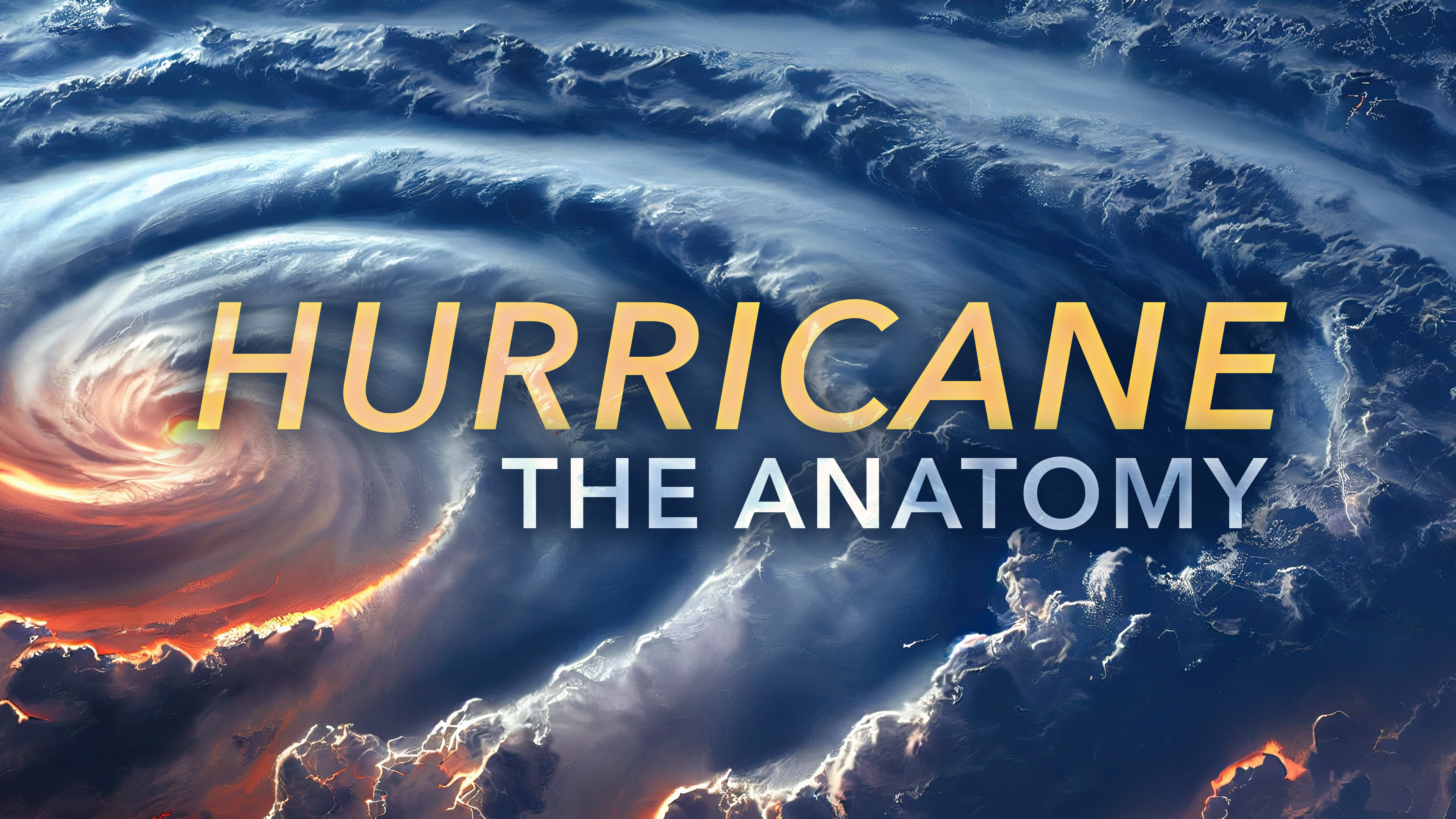The world watched in horror as a great American city was almost destroyed.
◊
As we move into the prime months of the annual Hurricane Season in the North Atlantic region, residents of the most storm-prone regions are anxiously checking out the forecasts. And with good reason. The National Oceanic and Atmospheric Administration (NOAA) predicts 13-19 named storms, including 6-10 hurricanes, 3-5 of them major ones with sustained winds topping 110 miles per hour.
We’re also approaching the 20th anniversary of one of the most destructive storms in American history: Hurricane Katrina, which devastated the city of New Orleans, Louisiana, on August 29, 2005.
Find out how hurricanes grow into the monsters we see every summer in this turbulent MagellanTV mini-series.
‘Wasn’t That a Mighty Storm?’
When Hurricane Katrina roared ashore on August 29, 2005, it carried with it winds of over 125 miles per hour. But it wasn’t the winds alone that spelled catastrophe for New Orleans. When the hurricane made landfall, the storm surge overwhelmed coastal defenses. The city’s levee system – long recognized as vulnerable – failed catastrophically. Floodwaters gushed into low-lying neighborhoods, covering 80 percent of the city (much of which is below sea level) and leaving tens of thousands stranded.
The scenes that followed are etched into collective memory: families clinging to rooftops, residents wading chest-deep through polluted water, and the desperate crowds gathered inside the Louisiana Superdome and Convention Center. With power, communications, and basic services cut off, the Crescent City descended into crisis. For days, emergency response was hampered by flooded roads, confusion among agencies, and the sheer scale of destruction. More than 1,800 lives were lost across the Gulf Coast, the majority in Louisiana.
Entire neighborhoods, such as the Lower Ninth Ward, were obliterated. Houses were swept from their foundations, and once-thriving communities were left unrecognizable. The human toll extended far beyond physical loss. Displacement scattered hundreds of thousands of residents across the United States, creating one of the largest diaspora movements in modern American history. Many would never return to New Orleans.
 Almost two weeks after Katrina struck, large parts of New Orleans remained underwater. (Source: NOAA, via Wikimedia Commons)
Almost two weeks after Katrina struck, large parts of New Orleans remained underwater. (Source: NOAA, via Wikimedia Commons)
Aftermath
In the immediate aftermath, the nation watched in shock as the scale of the disaster grew clear. Federal, state, and local agencies struggled to coordinate. The Federal Emergency Management Agency (FEMA) faced searing criticism for its sluggish response, while political leaders were faulted for failing to anticipate the severity of the storm. At the same time, ordinary citizens, community groups, and volunteers poured in to provide food, shelter, and rescue efforts where official support faltered.
Rebuilding was slow, uneven, and fraught with challenges. Billions of dollars flowed into New Orleans, but recovery varied by neighborhood. Historic areas and tourist districts, supported by outside investment, rebounded faster. Poorer, predominantly African American neighborhoods bore the brunt of long-term displacement and slow reconstruction. Even today, scars from Katrina remain visible, both in the physical landscape and in the city’s demographics.
The storm also left an indelible cultural impact. Musicians, writers, and filmmakers chronicled the disaster, ensuring it would not fade from memory. For many Americans, Katrina became a defining symbol of the dangers posed by climate change, government failure, and social inequality. It spurred hard questions about how the United States responds to natural disasters – and who gets left behind.
Lessons Learned
Hurricane Katrina reshaped disaster preparedness in the U.S. in profound ways. Federal, state, and local agencies invested heavily in emergency planning, communication systems, and rapid-response strategies. FEMA underwent sweeping reforms designed to ensure quicker mobilization, but some question whether the agency is adequately prepared for the next such storm. In New Orleans itself, the levee system hs been rebuilt and fortified with billions of dollars’ worth of engineering upgrades, creating one of the most advanced flood-defense systems in the world.
Perhaps the greatest lesson was that disasters reveal – and magnify – existing vulnerabilities. Katrina showed that poverty, race, and geography can intersect to create disproportionate suffering. In its wake, policymakers, scientists, and communities have worked to better prepare for storms that will inevitably grow more powerful as ocean waters warm.
Twenty years on, Katrina remains both a tragedy and a cautionary tale: a reminder of nature’s fury, human frailty, and the resilience of a city determined once again to let the good times roll.
Ω
Title Image: Hurricane Katrina before making landfall as seen by the GOES-East satellite, August 28, 2005 (Source: NOAA, via Wikimedia Commons)
.png)
.png)
